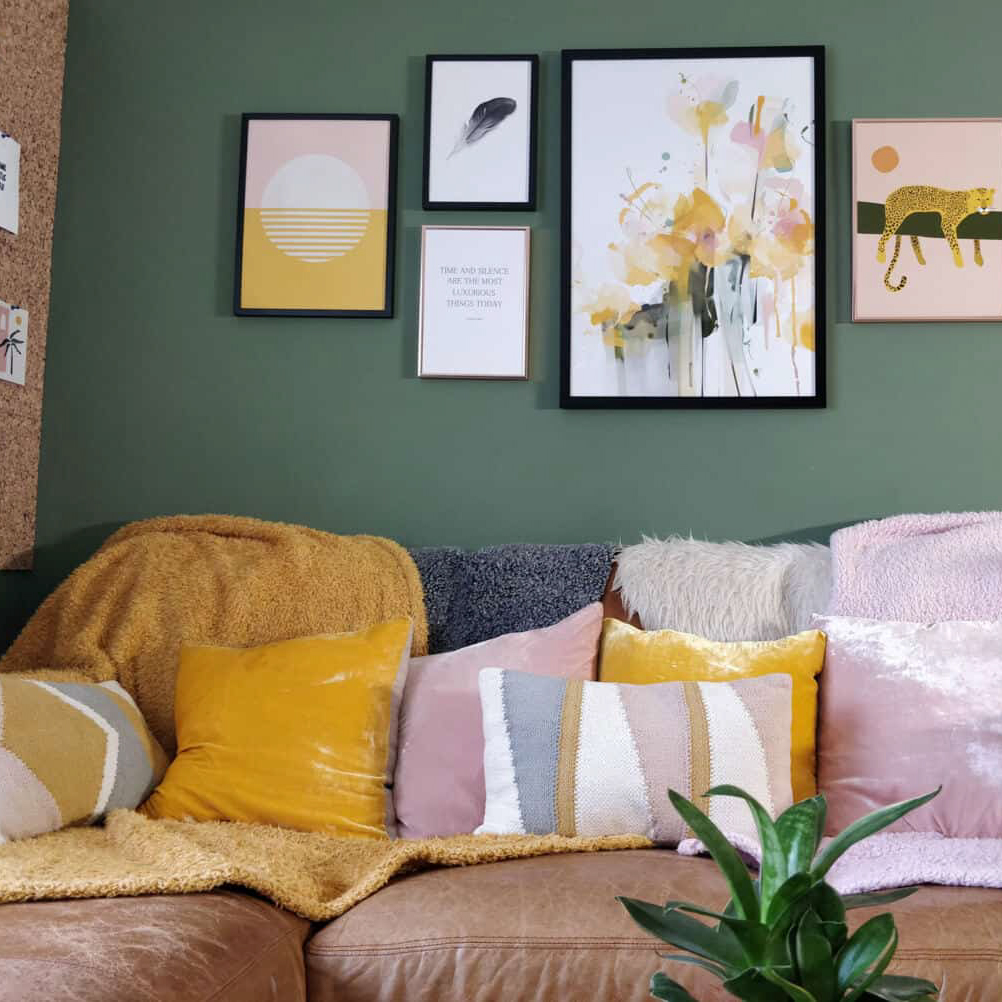Introduction
Japanese interiors are highly revered for their unique design elements and attention to detail. From traditional Japanese homes to contemporary urban spaces, the country’s interior design is highly adaptable and always evolving. In this article, we will explore the aesthetics of Japanese interiors, tracing the historical and cultural influences that have shaped their unique characteristics. Through this journey, we aim to gain a deeper understanding of Japan’s design philosophy and how it translates into modern interior design.
Historical Context
Japanese interiors are deeply rooted in the country’s history and culture. One of the most significant influences on Japanese interior design is the concept of Wabi-Sabi. This philosophy embraces the ideas of imperfection, transience, and simplicity. These concepts inform every aspect of Japanese design, from architecture to furniture styles, and are often seen as the defining characteristics of Japanese aesthetics.
Within Japanese interior design history, there have been distinct periods of design evolution. The Kamakura period (1185–1333) saw a move towards Zen Buddhism that brought ideas of simplicity, humility, and refinement into interior design. The Tokugawa period (1603–1868) saw the development of a more intricate style of Japanese interior design, characterized by detailed craftsmanship and lavish decoration. Meanwhile, the Meiji period (1868–1912) marked the country’s modernization that incorporated Western influences into Japanese design, creating an amalgamation of traditional and contemporary styles.
Design Elements
The design elements of Japanese interiors are characterized by their simplicity, minimalism, and natural materials. Japanese interiors often have a neutral color palette, with hues of beige, gray, and black. These colors are offset by the use of natural materials like wood, stone, and bamboo. The use of natural materials is seen as a way of bringing the outside world into the interior space and creating a sense of harmony between the two.
One of the most distinctive design elements of Japanese interiors is the use of screens or shoji. These paper or fabric partitions were originally used in traditional Japanese homes to divide rooms and create flexible spaces. Today, they are often used to create privacy while still allowing light to filter through. Another notable feature is the use of tatami mats, a traditional flooring material made of rice straw and woven rush grass. These mats are placed on the floor of Japanese homes and are an essential element of traditional Japanese interior design.
Modern Japanese Interior Design
While traditional Japanese interior design is still highly valued, modern Japanese interiors have evolved to incorporate contemporary styles and design elements. For example, modern Japanese interiors often incorporate Western-style furniture and decorative pieces that create a fusion of traditional and contemporary design styles. Additionally, Japanese architects and interior designers are known for their creativity and experimentation, continually pushing the boundaries of what is considered traditional Japanese design.
One notable example of modern Japanese interior design is the WOODLOV Resort, located in Hokkaido. The resort utilizes a unique design approach that blends traditional Japanese architecture and modern luxury design elements. The result is a stunning interior that incorporates both natural materials and modern technology, creating a unique fusion of traditional and contemporary styles.

